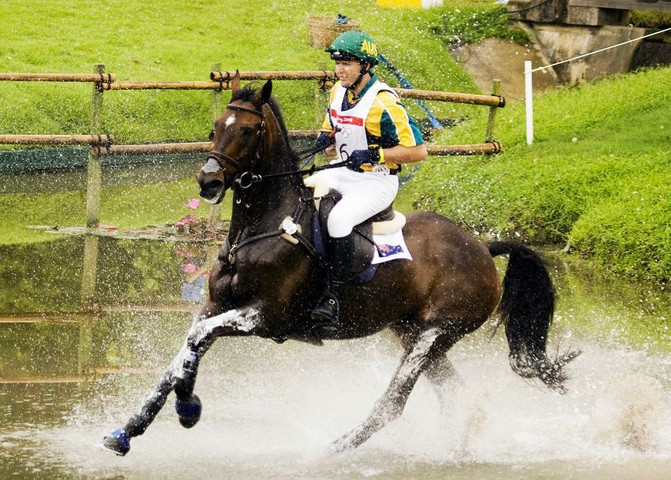Boundless Ranch: How much do you know about the technical terms of the three major Olympic equestrian events?
Dressage shows the highest level of horse training and is considered to be the most artistic event in Olympic equestrian sports. The horse's three gaits: slow walking, fast walking, and running complete various difficult movements. The following terms are often used in dance competitions. Appears:
Vitality-is about the horse's movements, especially the strength of the horse's hind legs, which show lightness and elasticity when completing the movements
Excessive title-means that the angle between the horse's head (face) and neck is less than the vertical angle
Contraction-The horse's center of gravity is not on the forelegs and is more evenly distributed across the four legs, causing the steps to contract. This is the exact opposite of elongation, which stretches the body and lengthens the stride
Joker line-refers to a free interpretation of dance steps that are unchoreographed in a competition during which athletes can repeat movements they believe will earn high scores
Two, three

race
Triathlon: Sometimes called triathlon in equestrian sports-is the most comprehensive equestrian event, divided into three events-dressage, cross-country and track steeplechase-that require matching with the same horse for three consecutive days to complete the race.
Cross-country-One of three stages in triathlon, horses and athletes must complete a designated route and overcome obstacles.
Disobedience-A horse fails to perform an athlete's request, usually by refusing to jump or entering the water on an off-road track
Brush-a type of off-road obstacle
3. Venue obstacles

Track obstacle racing is a highly ornamental sport. Riders and horses must complete a route, including 12-15 obstacles that can be knocked down to demonstrate the courage, sportsmanship, accuracy, speed and cooperation of the horse and horse combination.
Pushing step-Taking half a step more when approaching a jump, usually because the distance between two jumps is awkward, or because the horse or athlete misjudged the distance between jumps
Zero-Complete the game without penalty without knocking down obstacles within the specified time
Double crossbar-consists of two sets of vertical obstacles. As the two sets of vertical obstacles widen, the difficulty of this obstacle increases
Refusal to jump-A horse suddenly stops in front of an obstacle or goes around it instead of skipping it. If he refuses to jump once, he will be fined 4 points, and if he refuses to jump twice, he will be eliminated.
These technical terms may not be used for the time being in the process of children learning children's equestrian, but they can make children more interested in equestrian and keep them on this path.
Previous Article:Badaling Great Wall Revitalization B & B in Yanqing, Beijing, has 10 rooms that can accommodate 40 people and covers 5,000 yuan on weekdays.
